A walk through Cotillo, the geographic center of Cantabria
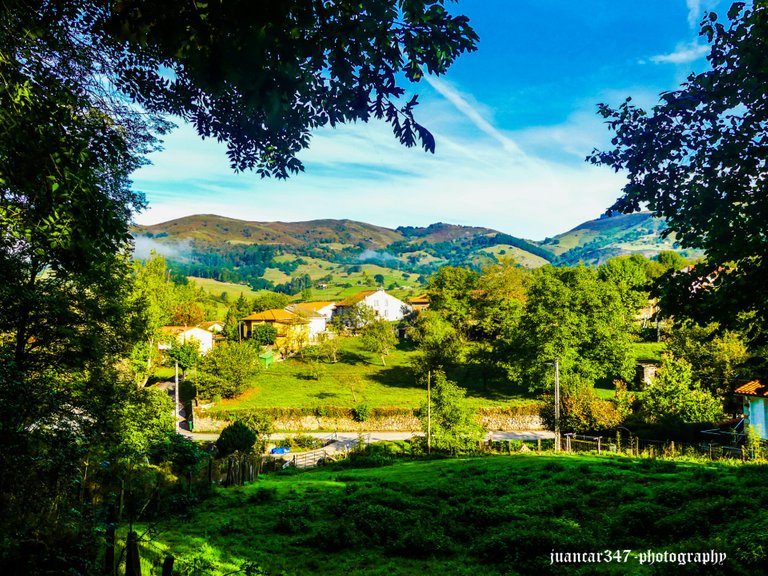
It would be a real mistake for the traveler, once enjoying the singularity of the Romanesque church and the discovered medieval cemetery of Raicedo, not to continue forward, following that same main road, which, in just eight insignificant kilometers, will inevitably make him stop, in another peculiar town, where you will be seduced by the beauty of its rural architecture, the presence of another imposing 12th century Romanesque church, that of San Andrés, as well as the wonderful adventure that this ascent will provide you, along a rural path that crosses one from those arcane forests full of mystery, to the hilltop meadows where the humble hermitage of the Virgen de las Nieves sits and from where you can contemplate a landscape that, affected by the low fog, will seem deliciously unreal.
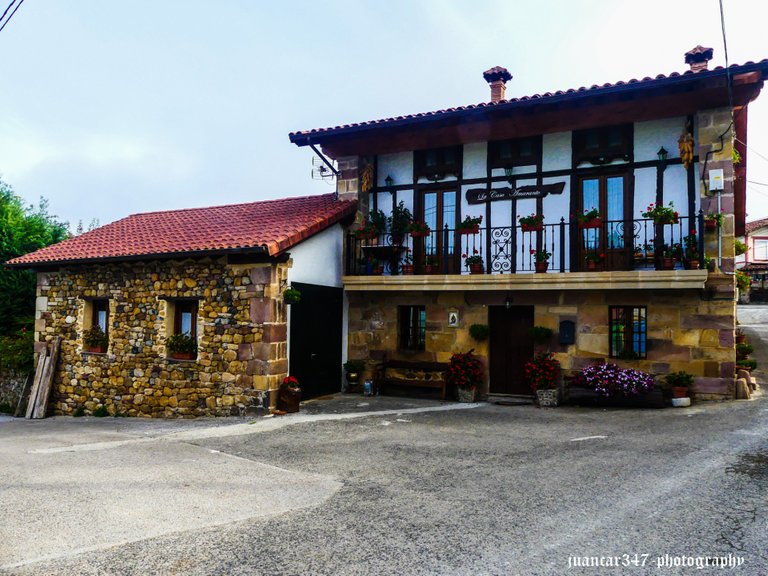
Cotillo, in addition to being the capital of the municipality of Anievas, has, as an added peculiarity, the consideration of being located, in the geographic center of Cantabria, not far from one of the most sacred mountains for the ancient Cantabrian cultures: Mount Cilda.
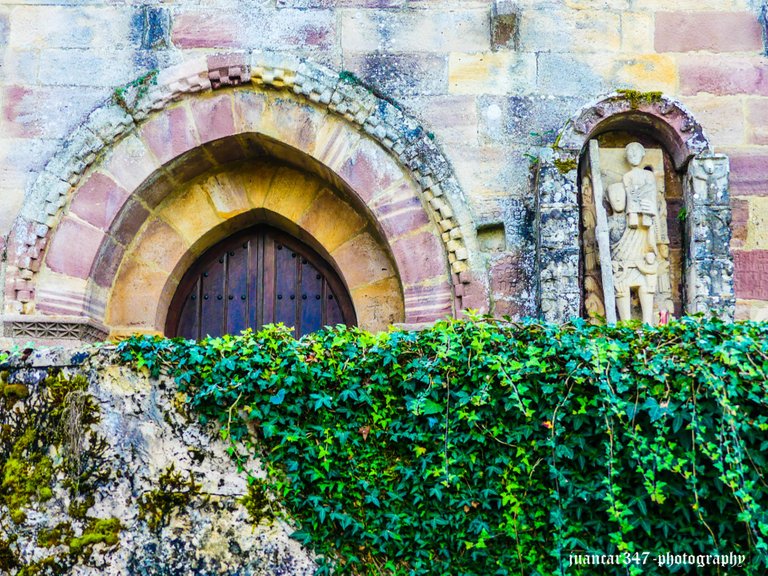
In fact, and perhaps because Cotillo is also located, strategically speaking, within those singular pilgrimage routes, which, from the coast, entered the interior, traveling through a rugged and exuberant geography, populated by deep forests, always on the verge of of some imposing mountains, generally covered by a persistent mist that gave them a more mysterious character, still, if possible, the lover of adventure and hiking, will find here a true treasure to discover.
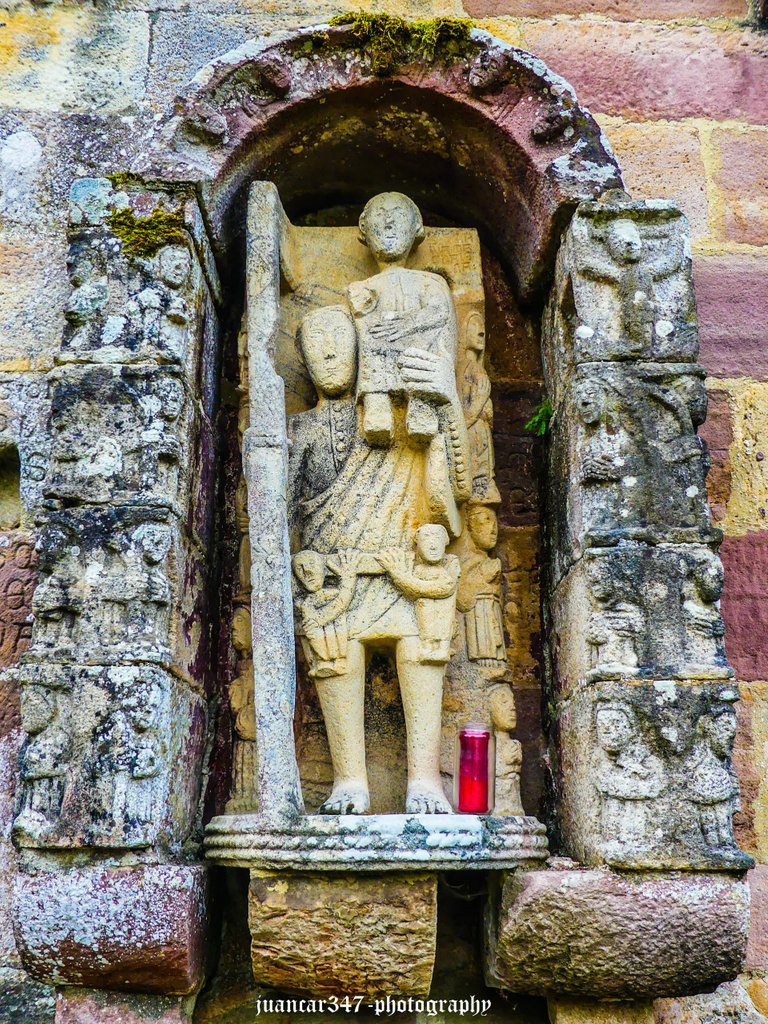
On the contrary, for the traveler whose humanist spirit always urges him to seek artistic beauty, which is also not exempt from enigmas and mysteries, he will discover, in the old Romanesque church of San Andrés, a spectacular cultural ensemble, on which to speculate long and hard.

In reality, and despite being relatively close to two of the great collegiate churches in Cantabria that marked its powerful influence during the Middle Ages - Santillana del Mar and San Pedro de Cervatos - hardly anything is known about its origins, except that it was dates back to a century, the XII, where the brotherhoods of stonemasons began to show some skills, whose influence would spread to other neighboring areas of the Peninsula, descending towards the Plateau as progress was also made in that transcendental period for the history of our country, which was what is known as the Reconquest.
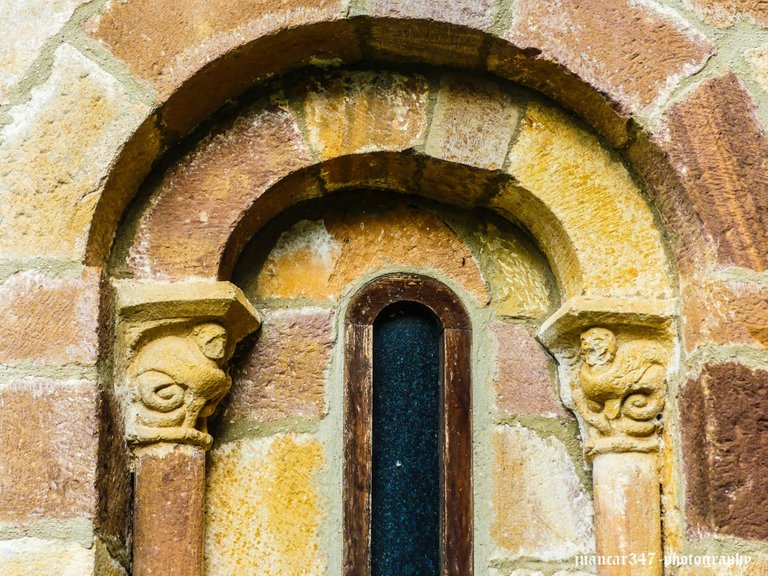
In this sense, it constitutes, then, an enigma, which is increased, even more, if possible, when observing, in its façade, located to the west -symbolically, when entering through the doorway of this façade, the faithful left the darkness behind from the outside, to meet the light of a head, always, with rare exceptions, oriented towards the east, in the direction of sunrise and by default, towards the Holy City of Jerusalem- a curious niche -possibly, made in the 16th or 17th centuries—containing the representation of one of the most heterodox and, at the same time, esoteric, saints of the saints: San Cristóbal.
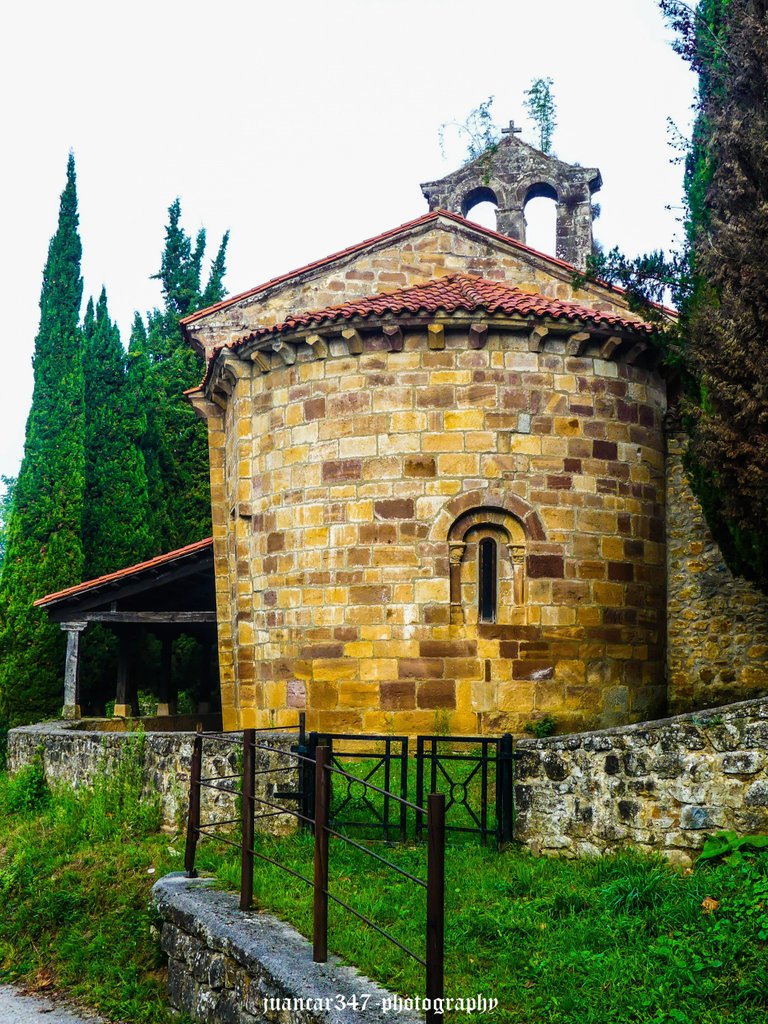
The presence of the abundant iconography that surrounds the figure of San Cristóbal contrasts, however, with the presence of some corbels, mostly completely smooth, that surround the apse, in a circular way and where only small mythological references are detected, like taps, in the small capitals of the windows.
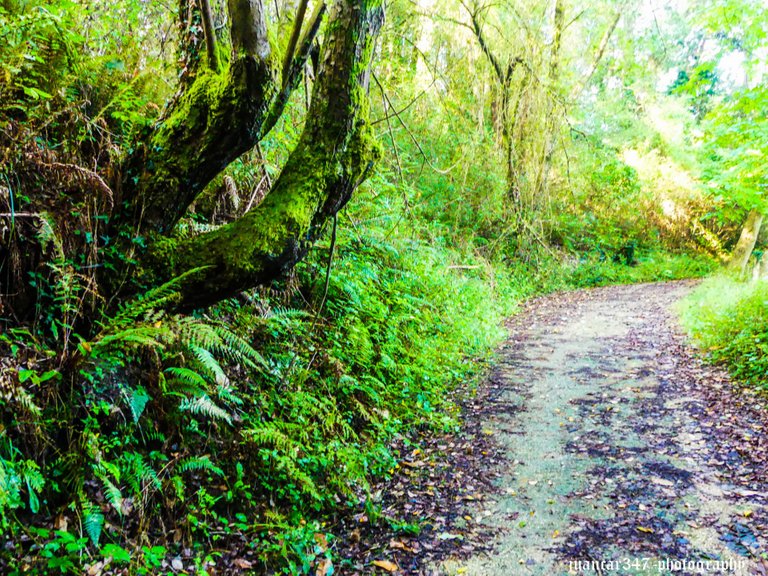
A few meters from the apse of the church of San Andrés, stands the small municipal cemetery, at whose access door, residents and visitors can appreciate a curious appreciation, made, it seems, in the year 1890, which warns -as it had been common in not a few churches and cemeteries of past times - that it is never too late to start a new path.
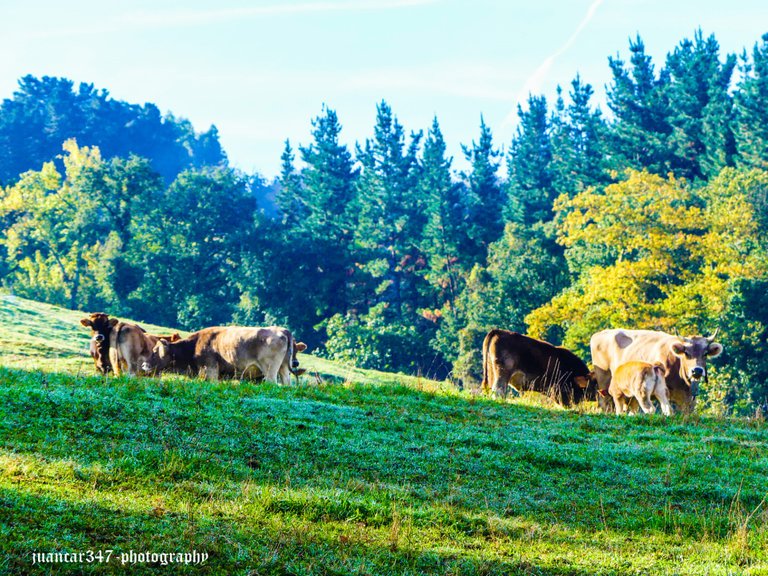
And if it is about paths, it is highly recommended to make a small effort and ascend, through a charming rural path, surrounded by ancient forest, to the top, in whose meadow cattle graze, generally bovines and approach the humble hermitage of the Patron of the place, the Virgen de las Nieves (Virgin of the Snow) -probably, in the past there was a much older one- and enjoy the incredible landscape that is contemplated from there, usually seasoned, as we have already commented before, by those persistent mists, which confer, to the whole , a curious sense of contemplative eternity.

NOTICE: Both the text and the photographs that accompany it, as well as the video that illustrates it, are my exclusive intellectual property and, therefore, are subject to my Copyright.

RELATED MOVIE:
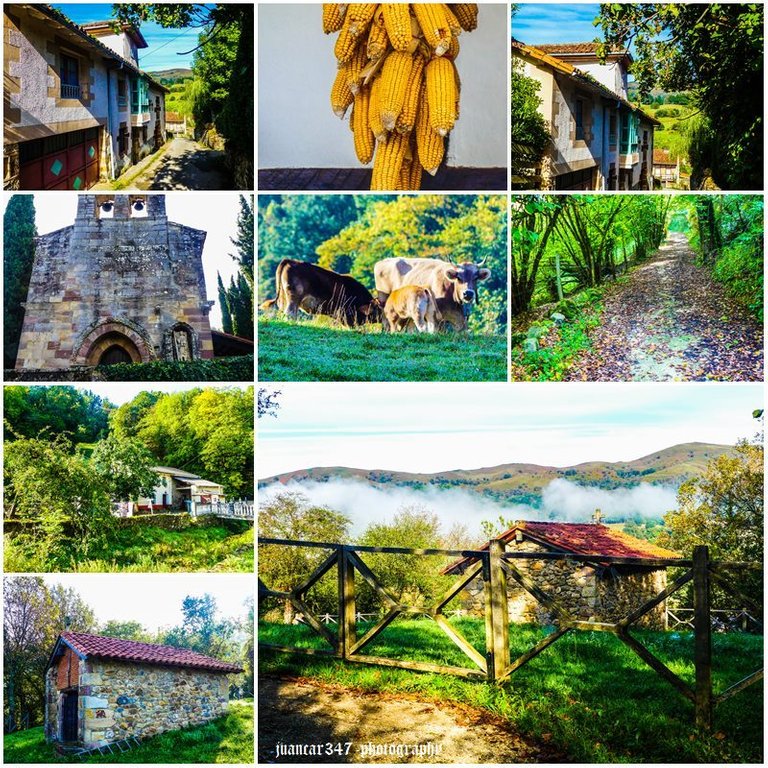
Congratulations, your post has been added to Pinmapple! 🎉🥳🍍
Did you know you have your own profile map?
And every post has their own map too!
Want to have your post on the map too?
Thank-you very much
https://twitter.com/132280091/status/1635650143667073027
https://twitter.com/118886589/status/1636058242672390147
The rewards earned on this comment will go directly to the people( @flquin, @sacra97 ) sharing the post on Twitter as long as they are registered with @poshtoken. Sign up at https://hiveposh.com.
What a great hike and the pictures are very nice. Thank you very much for all the content it was very enjoyable.
!LUV
@juancar347, @flquin(2/3) sent you LUV. | tools | discord | community | HiveWiki | <>< daily
HiveWiki | <>< daily
Thank-you very much
Thank you very much for appreciating them and best regards
Hi @juancar347, your post has been upvoted by @bdcommunity courtesy of @rehan12!
Support us by voting as a Hive Witness and/or by delegating HIVE POWER.
JOIN US ON
Thank-you very much
Congratulations @juancar347! You received the biggest smile and some love from TravelFeed! Keep up the amazing blog. 😍 Your post was also chosen as top pick of the day and is now featured on the TravelFeed.io front page.
Thanks for using TravelFeed!
@for91days (TravelFeed team)
PS: Why not share your blog posts to your family and friends with the convenient sharing buttons on TravelFeed.io?
Thank-you very much
Perfect shooting, as if I'm traveling with you. It's beautiful and creates an extraordinary ambiance. have a nice day!
Thank you for your kind comment and for having virtually accompanied me on this trip through a small idyllic corner of my country. a cordial greeting